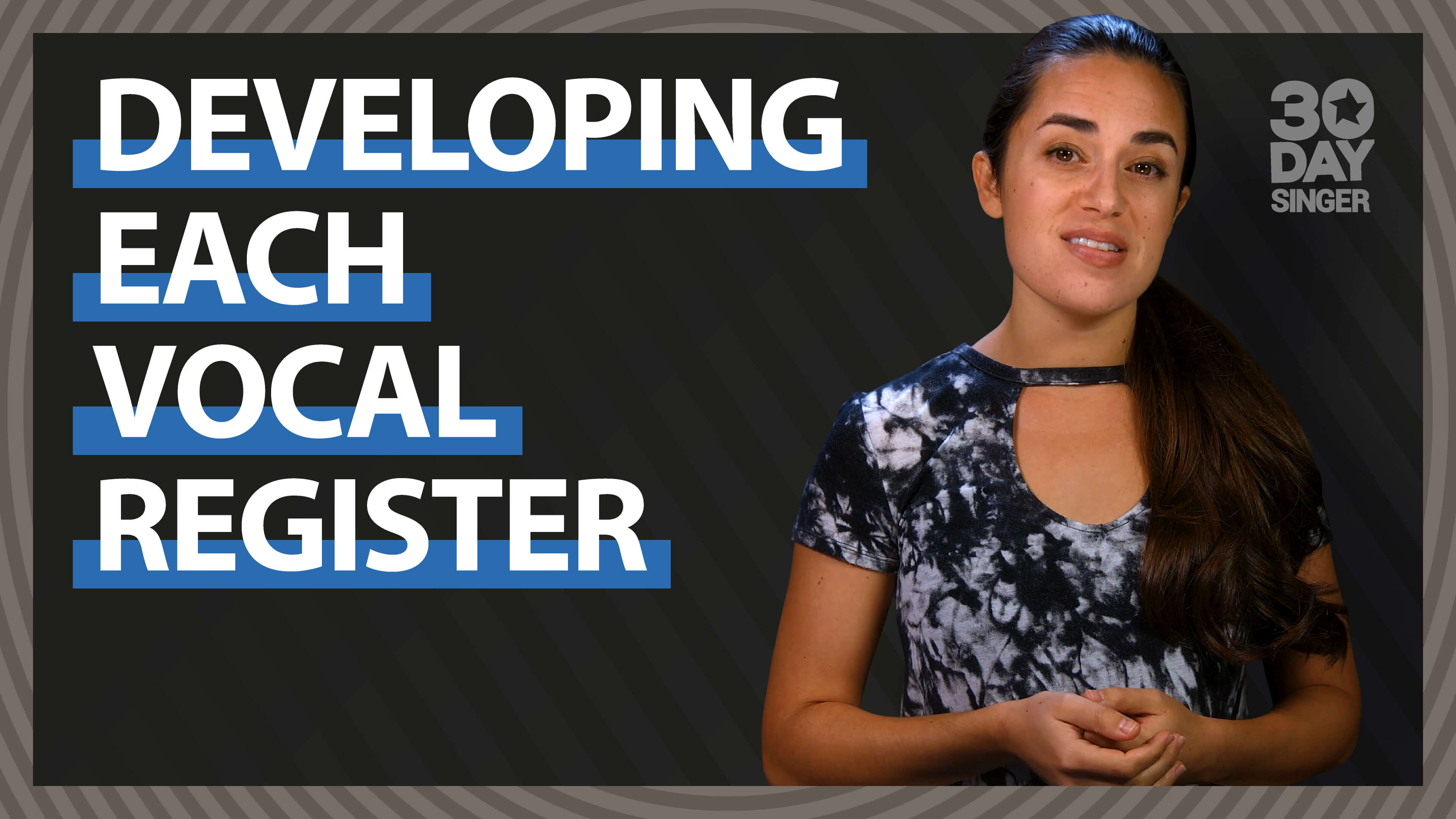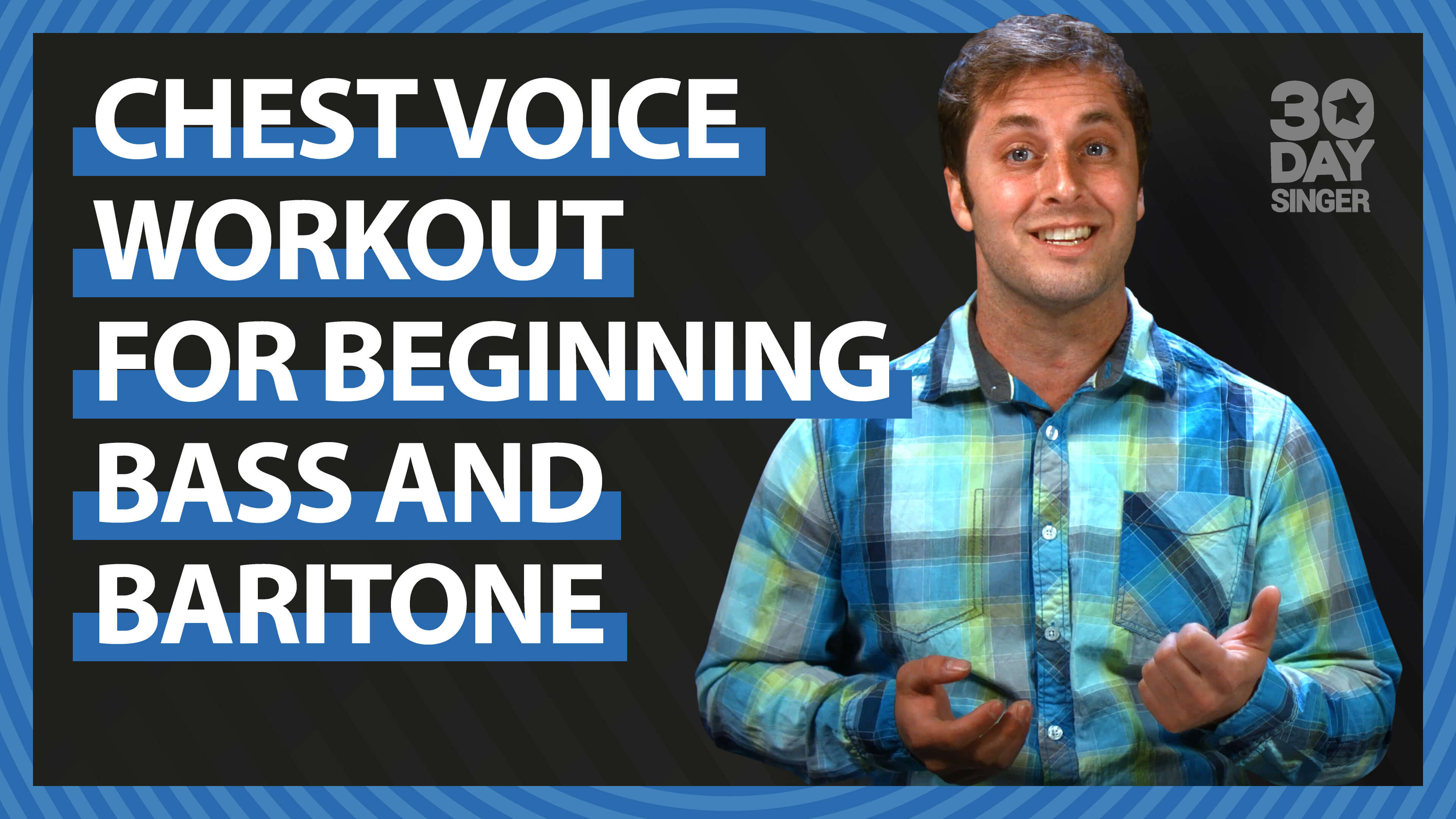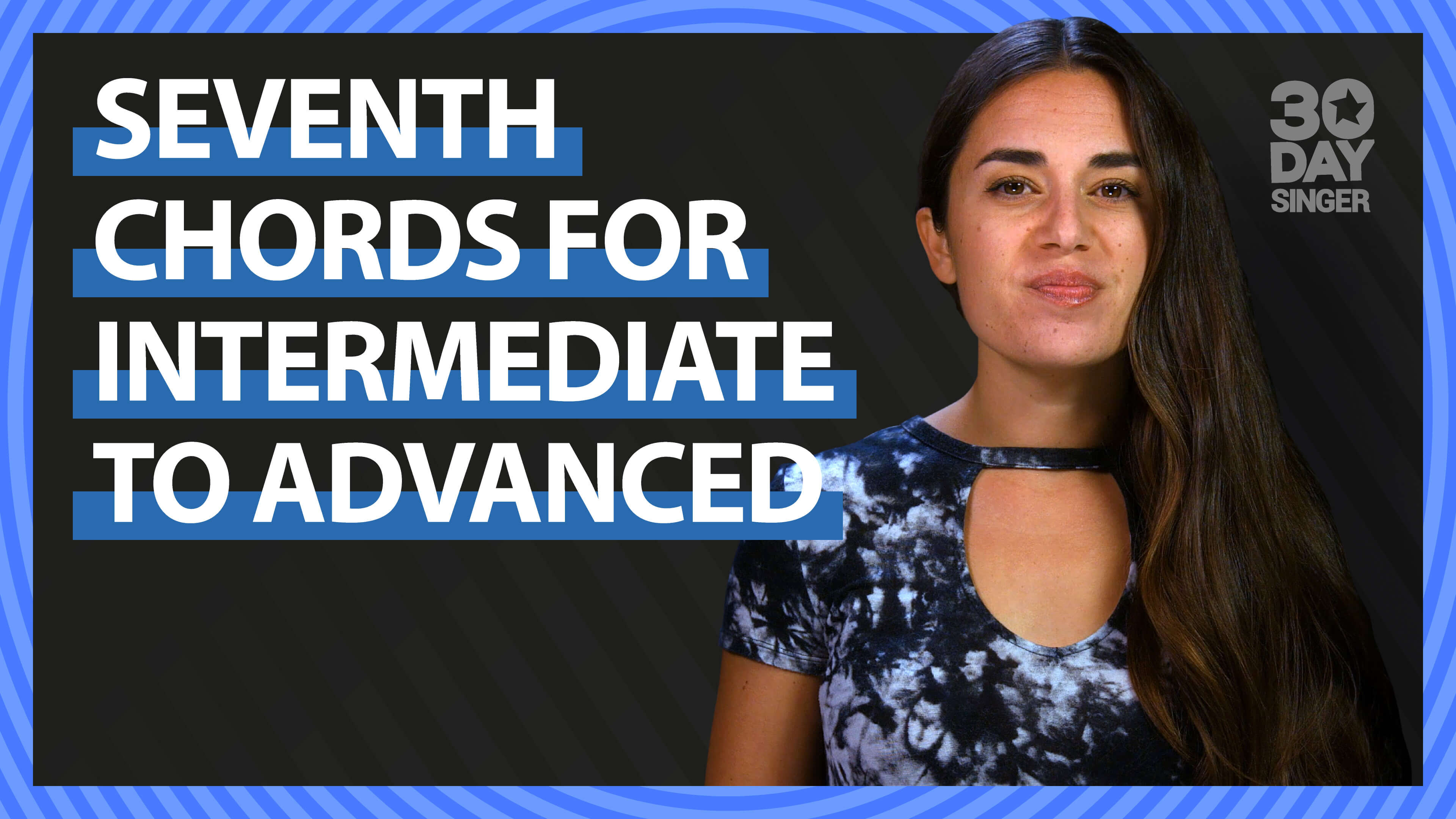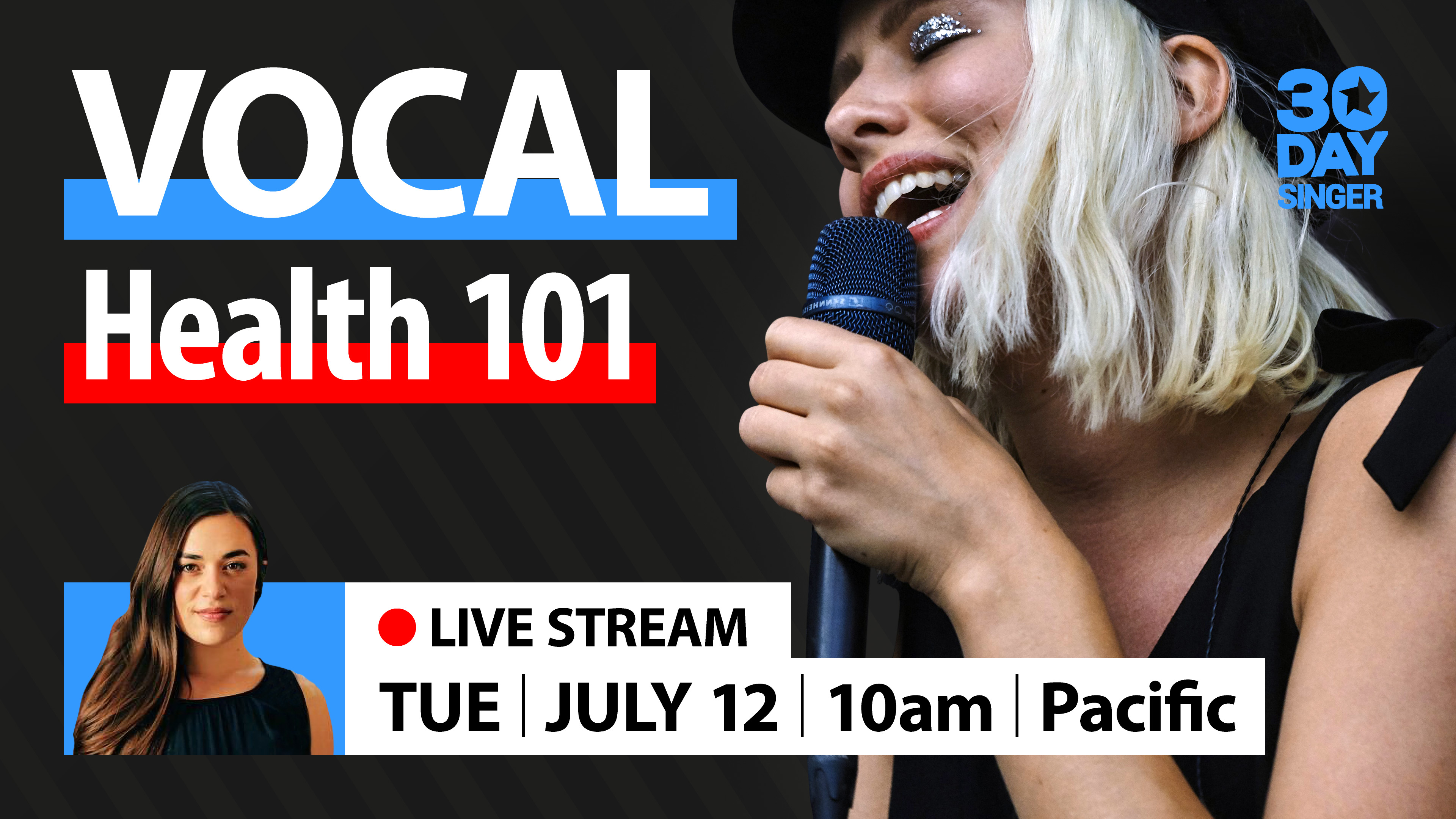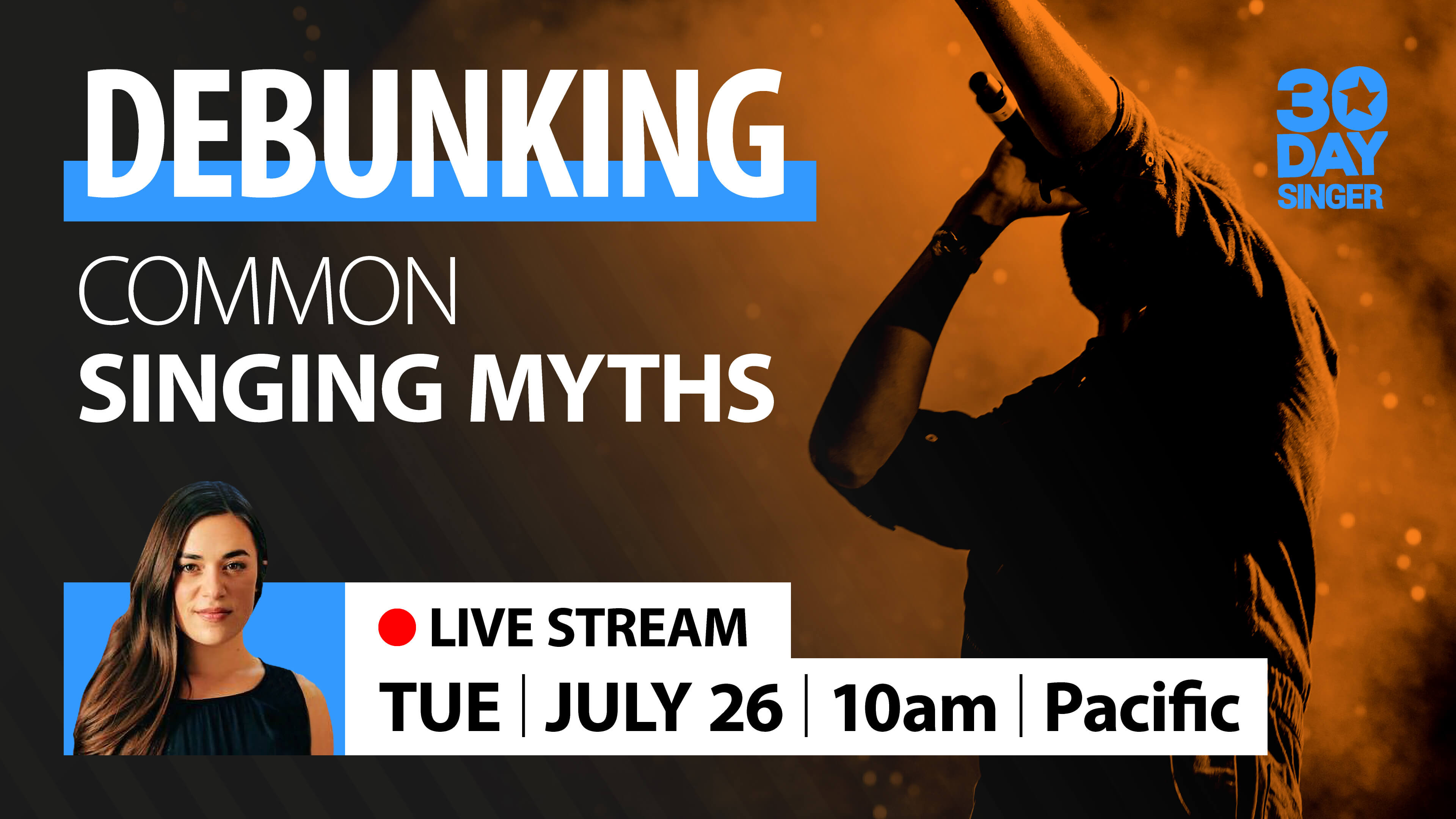Vocal Warmup & Health
Welcome to the Warm-ups section! This collection of lessons explores various warm ups which are essential to any singer's routine. We'll also give you helpful reminders and professional tips at maintaining your vocal health and preserving your voice. When you're stuck in a rut and not sure what how to start a regular practice routine, we recommend using these lessons to get you ready and more comfortable. These are great as standalone routines or you can use them at the beginning of your regular practice routine. A good warm-up is the key to avoiding any vocal strain and prepare you to sing your very best.
TUTORIALS
Daily Head Voice Workout For Low Female Voices
By Camille van NiekerkHead voice is not just for high notes: it’s also for flexibility when you have big jumps, the ability to sing at different volumes and agility for fast passages. Join Camille for head voice workout dedicated to beginning altos and low mezzos. You don't have to be a woman to join in on this tutorial, this is simply the range most women fall in.
Daily Chest Voice Workout For High Voices
By Camille van NiekerkWhen you’re not used to singing in chest voice, it can feel rather forced. Although it may feel clunky now, your chest voice will eventually help to strengthen the registers above it. Join Camille as she helps you find, develop, and strengthen your chest voice with this daily workout.
Developing Each Vocal Register
By Camille van NiekerkWhether you’re just starting out or want a quick refresher, this lesson series is a quick crash course in developing each vocal register. Just the basics - but they’re very important basics to master.
Daily Chest Voice Workout For Beginning Bass And Low Baritone
By Abram PoliakoffWhat is chest voice? How can you keep it from feeling forced, or strained? Join Abram for the answers to these questions, as he helps you find and strengthen your chest voice.
Common Frustrations For Beginning Singers
By Camille van NiekerkIn this Live Lesson we'll cover voice cracks, running out of breath, sounding nasal, and other common issues.
Easy Pentatonic Riffs
By Camille van NiekerkMany riffs and runs are built using the pentatonic scale. Join Camille in this lesson series on easy pentatonic riffs. In each lesson, we’ll add on one note, until we’re singing 5-note riffs!
Seventh Chords: Intermediate To Advance
By Camille van NiekerkIf you’re into jazz, R&B or rock, you should learn how to recognize and sing 7th chords. While our basic chords, or triads, have 3 notes, a 7th chord has 4, adding the 7th scale degree. This lesson series is perfect for more intermediate to advanced singers, and we recommend completing my other chord tutorials first. If you’re comfortable singing major, minor, diminished and augmented chords, you’re ready for 7ths.
Vocal Health 101
By Camille van NiekerkIn this Live Lesson We'll cover: taking care of your voice; food, drink and medication; injury prevention; what to do when you're sick and much more!
Singing Myths EXPALINED
By Camille van NiekerkWe will discuss some common singing myths and debunk the incorrect ones! We'll cover: singing from your throat; singing from your diaphragm; placement; and much more.
Daily Chest Voice Workout For Beginning Tenors And High Baritone
By Abram PoliakoffChest voice is used for the pitches at the lower end of your range - although for male or lower voiced singers, chest register usually takes up more of your range over all. Join Abram for a daily workout to help create, and strengthen your chest voice!
Frequently Asked Questions
Some great vocal warmups for singers start with gentle humming or lip trills to relax and engage your vocal cords without straining them. Then, work through some scales to gradually increase your pitch range and get your voice fully warmed up.
For a quick 5 minutes vocal warm up, try some lip trills or gentle humming for a couple of minutes. It’s effective and quickly preps your vocal cords for singing or speaking without overdoing it.
When your voice is sick, keep singing warmups light and gentle—like humming or low, quiet scales. Also, drink lots of warm fluids and rest your voice as much as possible.
Start with some light humming, followed by a few pitch glides (from low to high sounds) to get your voice comfortable. Finish with a few tongue and lip trills to help with articulation.
Two good vocal warm ups are humming and lip trills. These are super effective and easy vocal warm-ups that gently activate your vocal cords without causing strain. Both are great for starting any vocal exercise.
Breathing exercises and resonance drills, like humming and vocal slides, improve the quality and projection of your speaking voice. They help develop control and clarity, making your voice sound more confident.
Hydrate regularly, practice breathing exercises, and do daily warm-ups. Consistency with these habits will help your voice sound smoother and stronger over time.
To strengthen a weak speaking voice, practice deep breathing and speak from your diaphragm to add power. Also, try projection exercises like speaking in front of a mirror to boost confidence and clarity.
Focus on articulation exercises, like tongue twisters, and practice controlling your breath to avoid running out mid-sentence. Over time, these will improve clarity and help you speak with ease.
The four vocal function exercises are sustained phonation (holding a sound steadily), pitch glides (sliding between notes), lip trills, and staccato sounds on different pitches. They work together to strengthen and balance your vocal cords.



